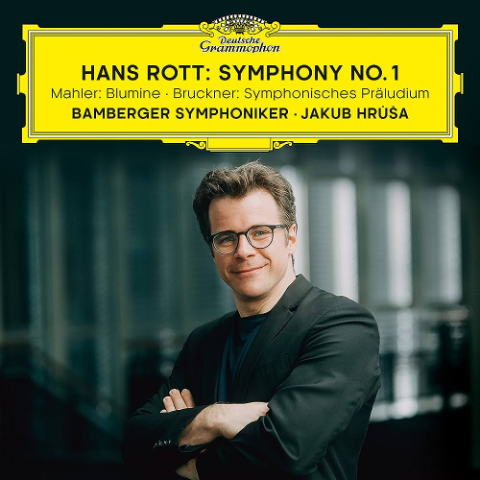Hans Rott’s Symphony No. 1
A Resurrected Gem: Hans Rott’s Symphony No. 1
November 2022
Hans Rott’s Symphony No. 1 in E major is a remarkable and tragic tale of a forgotten masterpiece that has finally found its rightful place in the world of classical music. Completed in 1880, the symphony remained in obscurity for over a century, with its creator suffering from mental illness and a series of unfortunate events. But thanks to conductor Jakub Hrůša and the Bamberg Symphony’s recent recording on Deutsche Grammophon, this hidden gem has been brought to life and introduced to a wider audience.
The symphony’s history is riddled with intrigue and misfortune. After being rejected for performance by none other than Johannes Brahms himself, Rott’s mental health deteriorated, culminating in a bizarre incident involving a train and accusations of sabotage. This unfortunate turn of events contributed to the symphony’s near-forgotten status until its first performance in 1989.
Jakub Hrůša’s passion for rediscovering overlooked works led him to stumble upon Rott’s symphony on the Internet. Already renowned for his interpretations of Gustav Mahler’s music, Hrůša proved to be an ideal choice for breathing life into Rott’s masterpiece. His deep understanding of Mahler’s style shines through in this recording, allowing him to grasp the symphony’s intricate nuances and connections to Mahler’s own works.
Rott’s musical lineage is evident, having been a star pupil of the great Anton Bruckner. Gustav Mahler, who held a strong appreciation for Rott’s compositions, even considered him to be the visionary behind the “new symphony.” This recording highlights the symphony’s influences, drawing comparisons to Mahler, Wagner, and Bruckner. The Scherzo, in particular, boasts Mahlerian characteristics, capturing the essence of Mahler’s symphonic language.
The symphony is a testament to Rott’s prowess in constructing grand musical structures. With boundless energy coursing through its movements, the nearly 25-minute finale stands as a testament to Rott’s ability to captivate listeners with its dynamic and engaging soundscapes. The Bamberg Symphony players, under Hrůša’s skilled guidance, deliver stunning performances, especially during the numerous demanding solo passages that pepper the symphony.
Hrůša’s advocacy for including this symphony in the regular repertoire is evident in the conviction and passion conveyed throughout the recording. He skillfully brings out the symphony’s emotional depth and intricacies, leaving an indelible mark on listeners who may be experiencing this work for the first time. It is a must-hear for any lover of symphonic music, and it firmly establishes Hans Rott’s Symphony No. 1 as a timeless addition to the classical canon.

